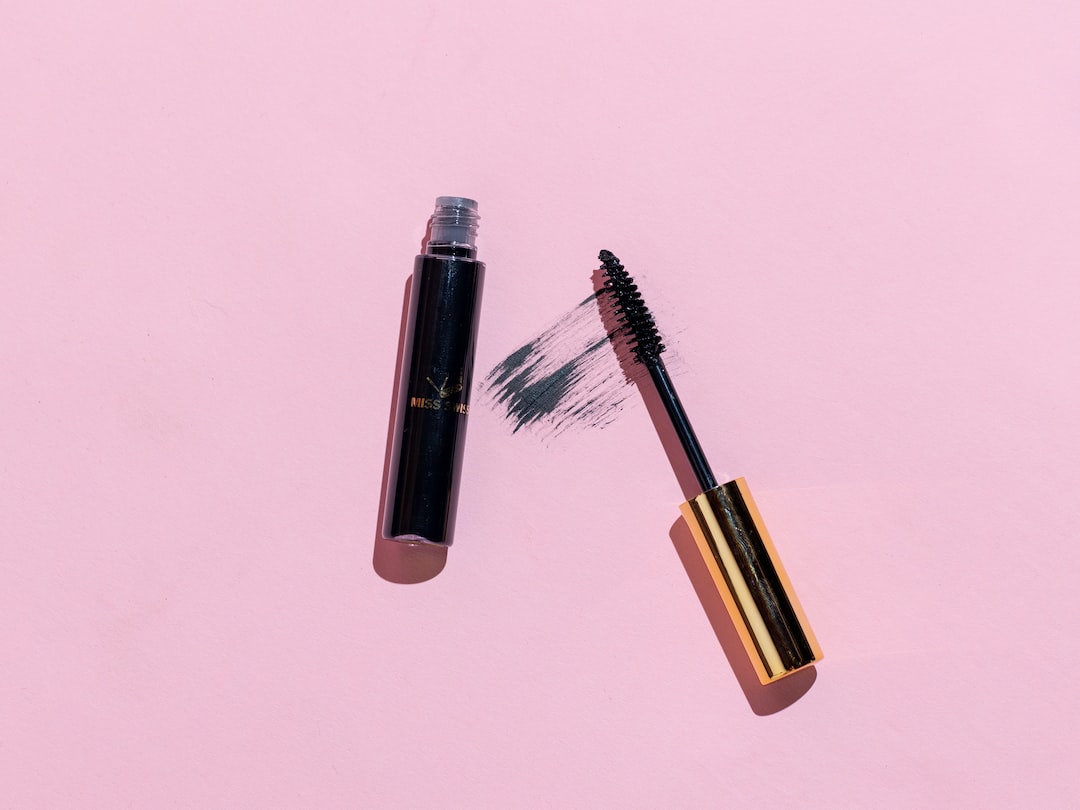Wounds are a common occurrence in our daily lives. From minor cuts and scrapes to major injuries, our bodies have a remarkable ability to heal themselves. But do all wounds leave a scar? In this article, we will explore the fascinating world of wound healing and determine whether scars are an inevitable outcome.
Understanding Wound Healing
Wound healing is a complex process that involves several stages. When the skin is injured, the body responds by initiating a series of biological events to repair the damage. The first stage is the inflammatory phase, where blood vessels constrict to minimize bleeding, and white blood cells rush to the site to fight off infection.
Next comes the proliferative phase, where new blood vessels form to deliver oxygen and nutrients to the wound. During this stage, collagen, a key component of connective tissue, is produced to strengthen the wound. Finally, in the remodeling phase, the wound gradually matures and excess collagen is broken down.
The Factors That Affect Scarring
While wounds generally heal, the extent of scarring can vary depending on several factors:
Wound Depth and Size
Deeper and larger wounds are more likely to produce noticeable scars. The body has a harder time repairing extensive damage, resulting in the formation of larger and more visible scars.
Wound Location
The location of a wound plays a role in scar formation. Areas with a decreased blood supply, such as joints or bony prominences, may have a higher risk of scarring due to reduced oxygen and nutrient delivery.
Individual Healing Response
Every individual’s healing process is unique. Some people naturally have a better ability to regenerate and repair tissue, leading to less noticeable scars. On the other hand, individuals with certain medical conditions or compromised immune systems may be more prone to developing unsightly scars.
The Types of Scars
Scars can take various forms and have different characteristics:
Hypertrophic Scars

These are raised, red scars that remain within the boundaries of the original wound. They occur due to an overproduction of collagen during the healing process and usually improve over time.
Keloid Scars
Keloid scars are similar to hypertrophic scars but extend beyond the original wound area. They are more common in individuals with darker skin and can be itchy, tender, or painful.
Atrophic Scars
These scars are characterized by a loss of tissue, resulting in a sunken or pitted appearance. Atrophic scars commonly occur with conditions like acne or chickenpox.
Can Scarring Be Prevented?
While it’s difficult to completely prevent scarring, there are steps you can take to minimize their appearance:
- Clean and protect wounds to prevent infection
- Keep wounds moist to promote faster healing
- Avoid picking at scabs to allow for proper healing
- Apply silicone gels or sheets to help flatten and fade scars
- Seek professional treatment options, such as laser therapy or corticosteroid injections, for severe scars
In conclusion, while most wounds do leave some form of a scar, the severity and visibility of scars can vary greatly. The depth and size of the wound, its location, and individual healing responses all play a role in scar formation. By understanding the factors that affect scarring and taking appropriate steps to prevent and treat them, we can minimize the impact scars have on our lives. Remember, scars tell a story of our body’s incredible ability to heal, and they should never define who we are.